Pragmalist Electronics Kit
TL;DR My personal set of essential electronics tools that I use on regular basis. This is the first post in a series.
I’ve been dabbling in electronics for 10 years. Naturally, my approach to electronics has been influenced by my approach to life in general. And my approach to life is that of a pragmalist (pragmatist minimalist). In short, I thrive in striking a balance between practicality and fewer possessions. This has led to a carefully selected set of tools, over years of use and through many iterative refinements. The aim of this post is to presgruide (half prescribe, half guide) a set of tools to newcomers in the wonderful world of electronics, so they can get rock ‘n rollin’. More experienced folks can also benefit by multigrading their existing tools.
Safety
No such thing as a safe hobby exists. Even reading books can be hazardous over time (think neck and eye strain). Therefore safety equipment come first in order to maximize the longevity of your enjoyment.
Safety equipment must be:
- Easily accessible
- Comfortable to use/wear
- Certified for its intended use by your local regulatory authority
- In enough quantity to ensure the safety of others
If you have to dig through stuff to find them, you won’t use them. If you get a headache wearing them for an hour, you won’t use them. If you knock out someone’s eye hobbying, you’ll hate yourself.
To ensure your safety equipment will save your when you most need them, avoid buying them from eBay, Aliexpress or any other wild west of an online shop. Just go to your local hardware store. Furthermore, learn about the compliance markings in your country and look for them on safety equipment you intend to purchase. I live in Australia and here, you should look for AS/NZS numbers.
Safety Glasses
Run of the mill plastic safety glasses. They are lightweight and comfortable. Stylish too for when I occasionally leave house with them on! I have two, one for my partner in case they’re in close proximity. There are darker shade glasses with UV protection as well, if you work under bright light or sunlight.
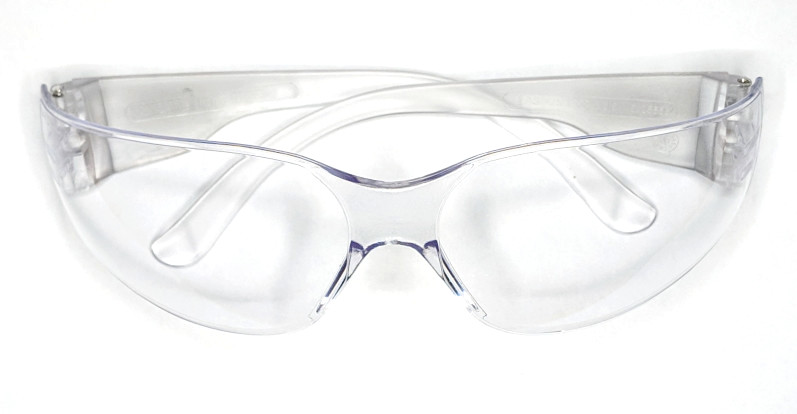
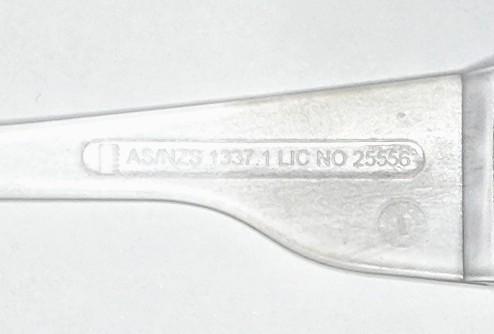
What’s it for:
- Stop flying solder flux from burning your eyes
- Stop cruising wire leads that had been clipped from piercing your eyes
- To protect against unintentional self poking when getting intimately close with parts you’re working on
Filtered Face Mask
Having a well ventilated area and a fan is the best option, unless you live in a tiny studio apartment and are at the mercy of the weather to get adequate ventilation. Having a proper face mask solves that while you’re stationary and busy having fun.
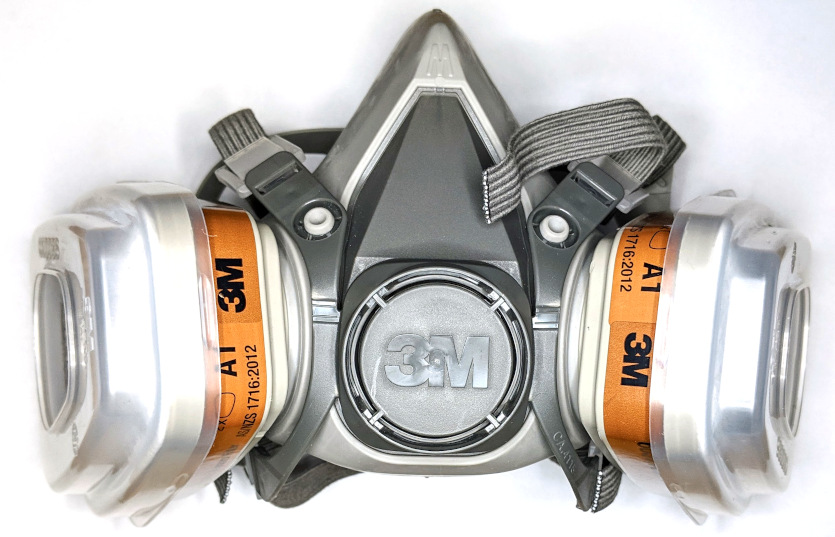
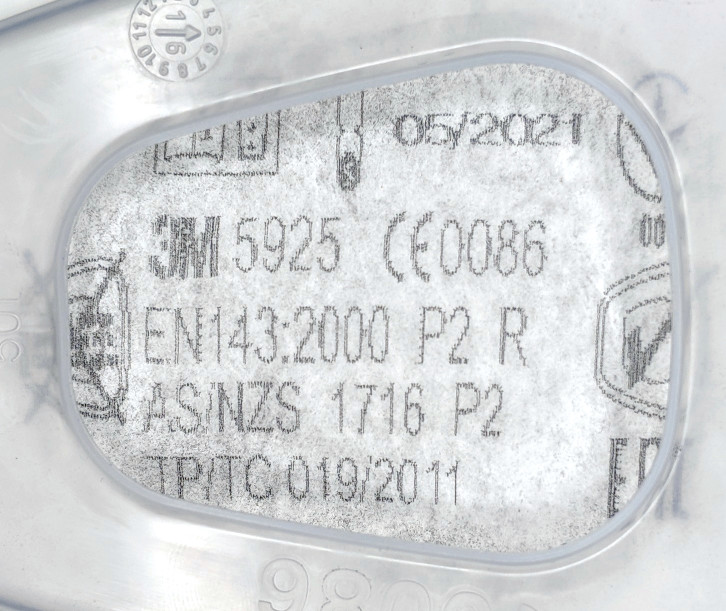
What’s it for:
- Prevent poisoning, cancer and brain damage from inhaling lead fumes when working with solder
- Protect against soldering flux poisoning when reworking PCBs
Ensure you replace the filters as advised by the manufacturer.
Fire Blanket/Extinguisher
You don’t have to be working with mains voltage to risk setting things on fire. A lithium polymer battery can easily catch on fire if mishandled or shorted. Equally crucial to having a fire blanket and fire extinguisher, is to know how to use them under stress. You should therefore place them in an easily accessible place next to your work and practice using them regularly.
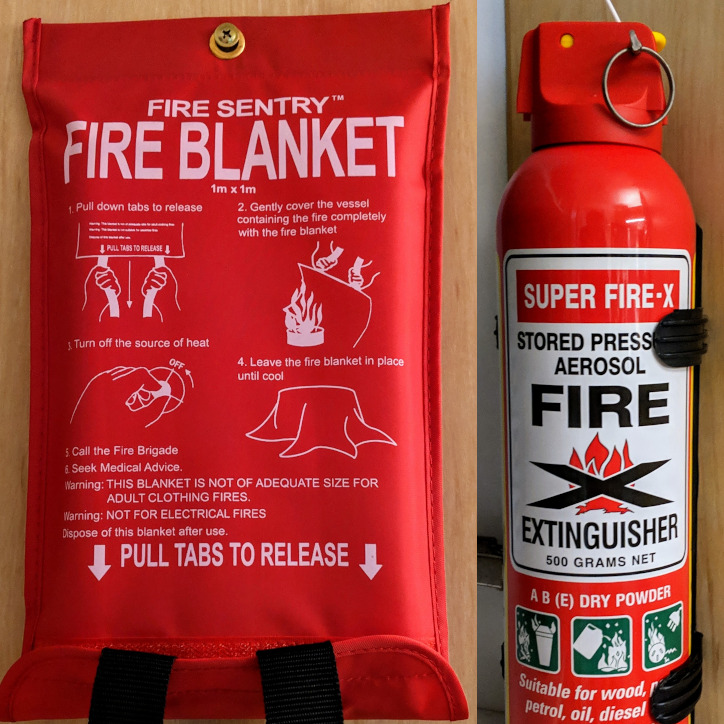
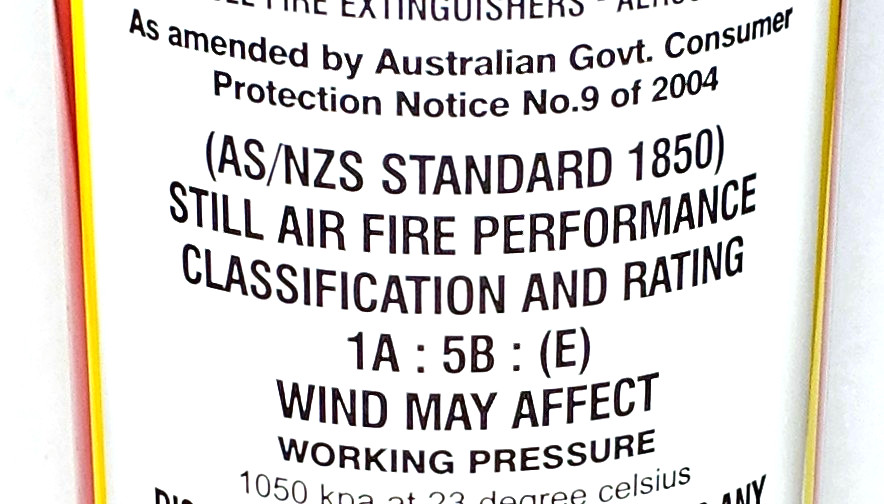
What’s it for:
- Saving your belongings and your life when atoms start to jiggle too fast
Gloves
Gloves, as they pertain to your safety, should always be treated as a fail safe, and not your primary protection mechanism. Gloves can easily develop weak spots or holes. I have a big box of the following for various light uses:
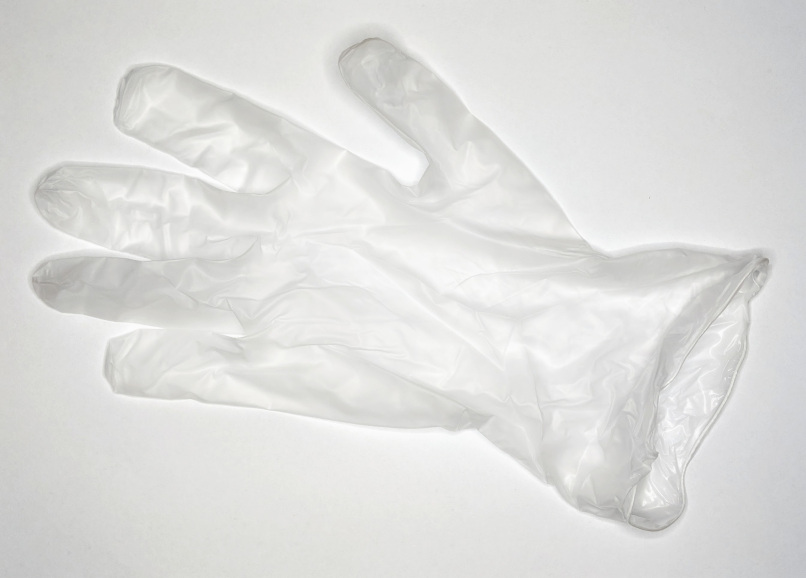
What’s it for:
- Prevent acid, PCB cleaners or other abrasive substances from harming your skin (ensure your gloves are rated for such use)
- Shield yourself from accidental electrical shock from circuit components (use your ohmmeter to measure your hand to hand electrical resistance while wearing gloves — anything less than infinite is bad)
- Prevent skin oil contaminating your PCB and parts
Resistors
Have I mixed up my sections? Nope. Almost every electronics product has some kind of power circuit and capacitors are quite prevalent in such circuits. What’s more, is that the main supply voltage is not always the maximum voltage you can encounter on a board. Some circuits can turn 3V of two AA batteries to 300 volts. So when opening any device, do so cautiously, with gloves and with insulated tools. If you come across any capacitor larger than a few mm sized SMDs, find out its voltage rating (often printed on it), measure the voltage across its pins and if the voltage is anything above 30v, use a resistor to discharge it. Adjust the pins first and then use an insulated tool to hold the resistor against the capacitor. Do NOT use your hands!
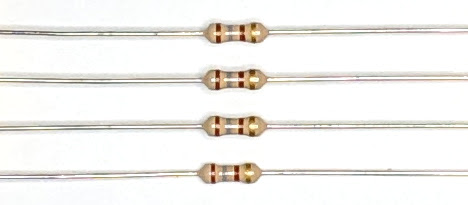
What’s it for:
- Safely discharge capacitors holding high voltage charges
In future posts, I’ll go through my tools for discovery, hacking and making.